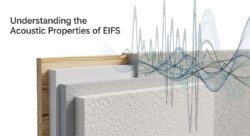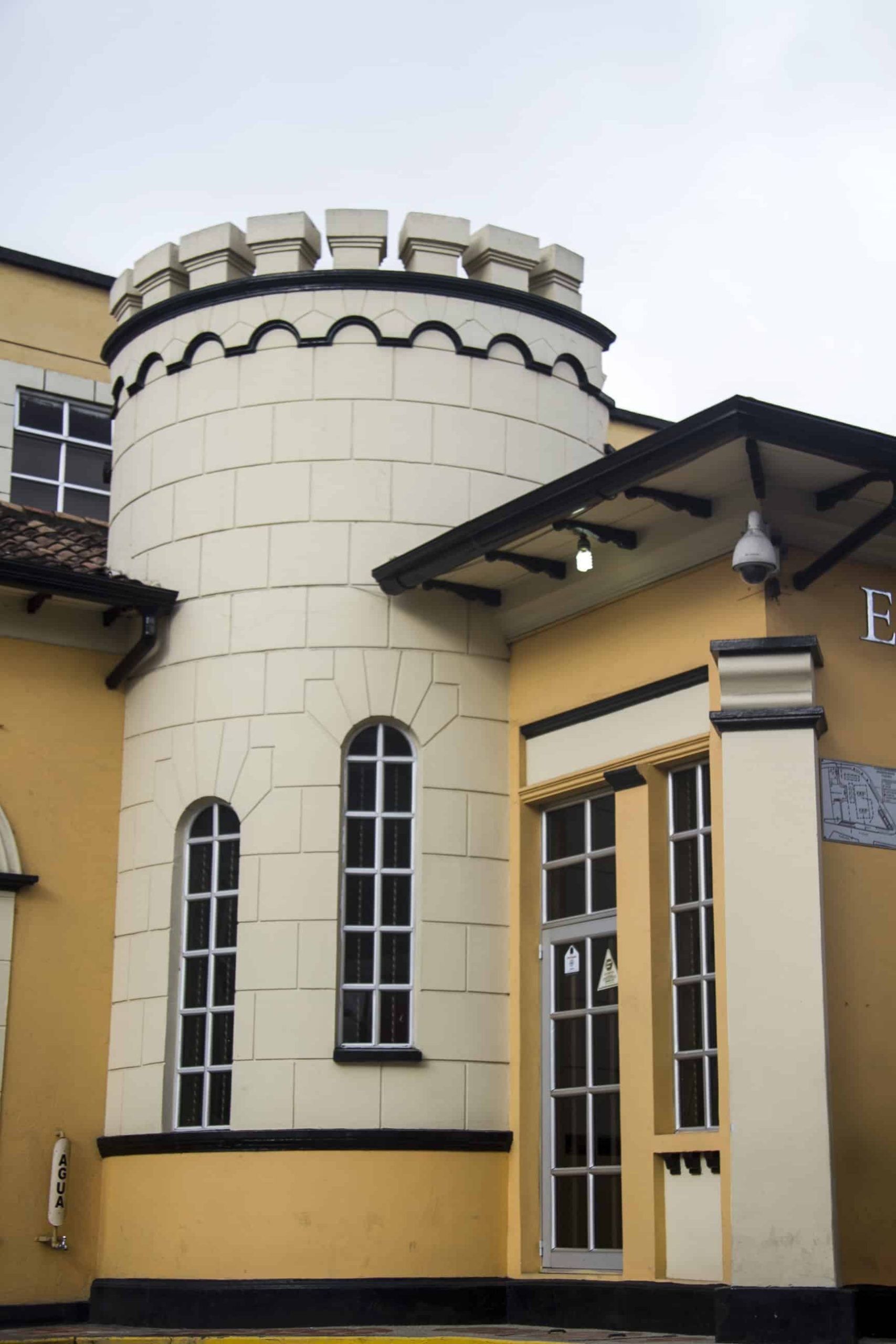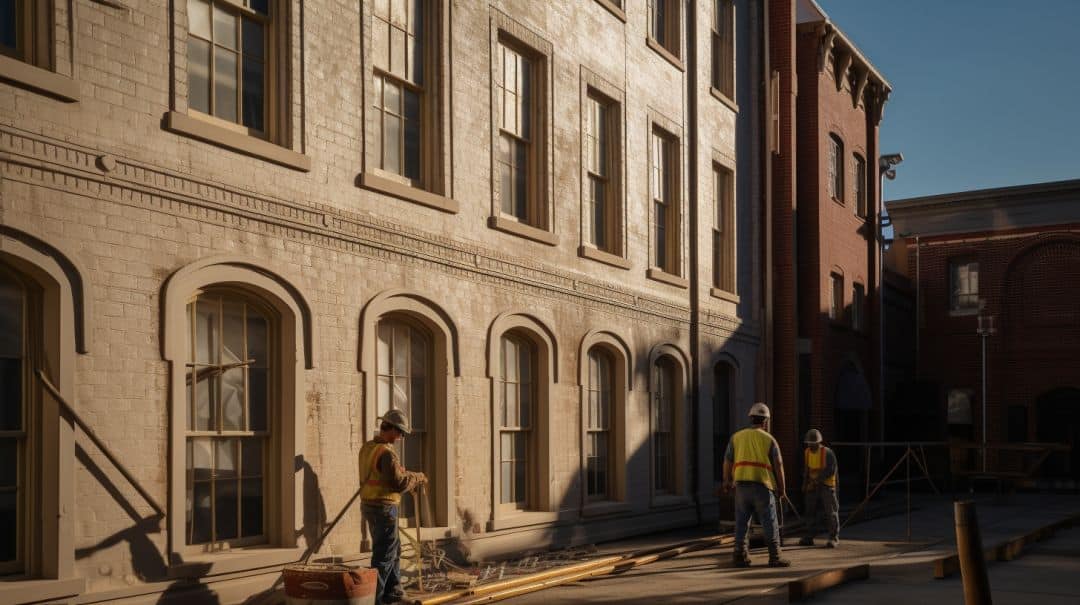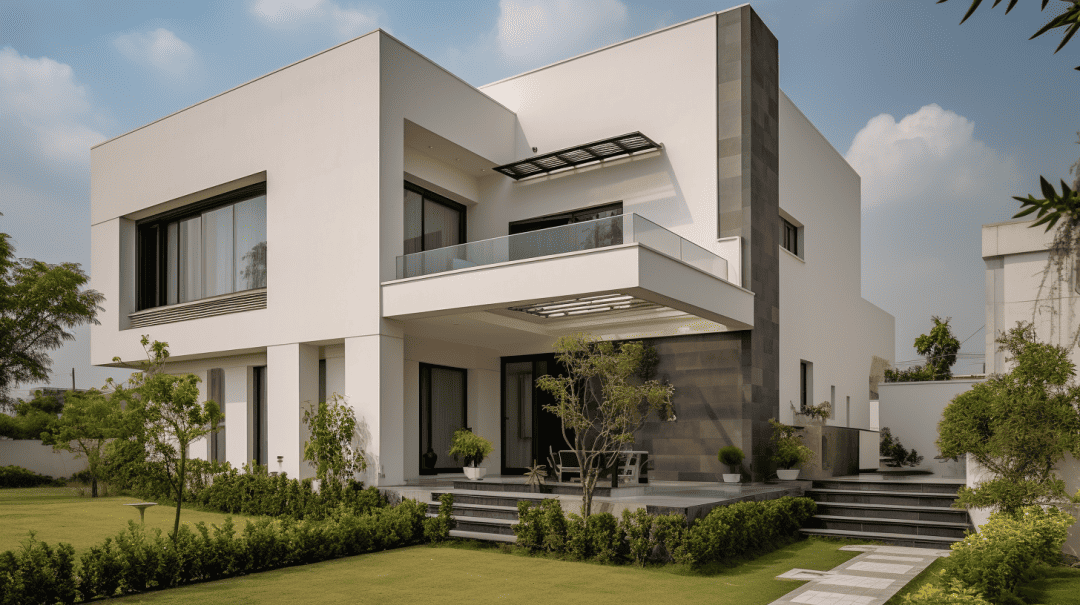The Critical Role of Fiberglass Mesh in Modern EIFS Exterior Plaster Systems
Exterior insulation and finish systems (EIFS) rely on fiberglass mesh reinforcement to create beautiful, durable, and energy-efficient exterior cladding. This comprehensive article explains why mesh is so important for modern EIFS stucco assemblies.
EIFS, sometimes called synthetic stucco, is an exterior cladding that combines insulation board, base coat, fiberglass mesh, and finish coat to create a continuous insulated plaster facade. The sandwiched layers provide superior insulation while the fiberglass mesh reinforcement prevents cracking, boosts impact resistance, and strengthens the system.
In this detailed guide, we’ll cover the benefits of EIFS, the role of fiberglass mesh, mesh types, installation best practices, and common mistakes. Read on to learn why proper mesh selection and application are critical to creating crack-resistant, long-lasting exterior EIFS plaster.
What are EIFS and How Do They Differ From Traditional Stucco?
Exterior insulation and finish systems (EIFS) are advanced, multi-layer exterior wall systems that provide continuous insulation and water resistance in one assembly. EIFS consists of:
- Adhesive to bond insulation to the substrate
- Insulation boards for high R-value
- Glass fiber reinforcing mesh
- A base coat that embeds the mesh
- Finish coat for aesthetics
This all-in-one cladding builds on traditional stucco methods used for thousands of years. Traditional stucco relies on bonding cementitious scratch and brown coats over solid masonry or lath.
EIFS evolved stucco by replacing masonry with an insulation board as the plaster substrate. This allowed exterior insulation and finish systems to be applied over any structurally sound exterior sheathing rather than just masonry.
The insulation component of EIFS eliminates thermal bridging and provides far superior R-value compared to other claddings. This continuous insulation, along with modern waterproofing details, is the key advantage of EIFS over old stucco.
While traditional stucco uses metal lath or wire mesh over building paper or felt, EIFS employs heavier fiberglass reinforcing mesh embedded into the base coat over the insulation board. This specially engineered mesh provides critical reinforcement lacking in plain stucco.
Why is Reinforcing Mesh Necessary for EIFS Wall Assemblies?
Fiberglass reinforcing mesh is a critical component that serves multiple crucial functions:
- Prevents base coat shrinkage cracks
- Strengthens the bond between the base coat and finish coat
- Provides impact resistance from hail, earthquakes, etc.
- Distributes stress evenly over insulation board
- Enhances drainage system performance
- Protects vulnerable foam board edges/joints
- Delivers superior crack resistance
Without mesh reinforcement, exterior insulation, and finish systems would be susceptible to cracking, delamination, and moisture issues like traditional stucco. The embedded mesh reinforces the entire EIFS assembly.
Reinforcing mesh can be thought of as the rebar in reinforced concrete. Just as rebar strengthens concrete, fiberglass mesh strengthens exterior insulation and finish systems in these key ways:
Prevents Cracking
As the cementitious base coat cures and shrinks, it creates stresses that lead to cracking without reinforcement. Mesh distributes this shrinkage stress evenly rather than allowing it to focus at specific points. This is the primary job of EIFS reinforcing mesh.
Absorbs Impacts
Fiberglass mesh helps absorb and dissipate impacts from hail, earthquakes, blunt objects, etc. This prevents cracked or dented insulation board beneath. The heavier and tighter the mesh, the greater impact resistance it provides.
Enhances Drainage
Mesh creates an even drainage plane over the uneven insulation board substrate. It helps channel water down and out of the wall assembly. Proper shingling and concealment prevent mesh from disrupting drainage.
Protects Insulation Edges
Mesh extends beyond insulation board edges onto stable perimeter substrates. This prevents vulnerable foam board joints and edges from moving independently of the overall wall.
Bonds Layers
Embedment into the base coat allows the mesh to mechanically bond the base coat to the finish coat for a monolithic assembly. It also creates a continuous thermal barrier.
In summary, there are many important reasons fiberglass reinforcing mesh is required for durable EIFS installations. Correct mesh selection and detailing prevent problems.
What Are the Different Types of EIFS Reinforcing Mesh?
While all EIFS mesh is made from coated, alkali-resistant fiberglass strands, the two main types differ in glass fiber density and opening size:
Standard Mesh
- 4×4 inch or 2×2 inch openings
- 1.5 ounce per square yard weight
- The most common and economical EIFS mesh
High Impact Mesh
- 1×1 inch openings (smaller openings)
- Heavier and tighter construction
- Enhanced durability and impact resistance
- Better for vulnerable areas
The EIFS industry recognizes these two mesh types in ASTM standards and EIMA design guides. Standard mesh works for most wall areas, while high-impact mesh boosts resistance in exposed locations.
Deeper mesh overlap and double layers can sometimes substitute for high-impact mesh based on project requirements. The mesh spacing and fiber weight influence performance and cost.
No matter which type gets specified, proper detailing and installation per manufacturer guidelines are crucial to gain the benefits of EIFS reinforcing mesh in any project application.
How is Fiberglass Mesh Properly Installed in EIFS Assemblies?
During EIFS application, rolls of fiberglass reinforcing mesh are cut into sheets of the appropriate size. Mesh application involves these key steps:
- Adhesive and insulation board are installed first on the exterior substrate
- After curing, the base coat is troweled onto the insulation board surface
- Reinforcing mesh is laid into the wet base coat and pressed to fully embed it
- An additional base coat is applied over the mesh, concealing it from view
- Smooth pristine finish coat is troweled over the cured base coat
The mesh reinforcement ends up sandwiched into the middle of the EIFS assembly, not visible in the final surface. The mesh must be continuous across the entire facade without gaps.
Adjacent mesh sheets should overlap by 2-4 inches rather than simply butt up against one another. The proper shingling technique ensures monolithic, non-disruptive mesh reinforcement.
When installed correctly, the properties and benefits of fiberglass reinforcing mesh can be fully realized in durable EIFS construction.
What Are the Benefits of Proper Mesh Installation in EIFS?
Correct selection, detailing, and installation of EIFS reinforcing mesh delivers these performance benefits:
Enhanced Crack Resistance
Fiberglass mesh evenly distributes shrinkage and stress forces within the base coat as it cures. This prevention of base coat cracks enhances weather-tightness and longevity.
Added Impact Protection
Tightly woven mesh boosts impact resistance compared to traditional wire lath stucco. This protects against hail, blunt objects, earthquakes, and other mechanical damage.
Long-Term Durability
By preventing cracks, mesh helps maintain the integrity of the entire EIFS assembly over decades. Proper reinforcement is critical for maintaining water resistance.
Aesthetic Beauty
The pristine finish coat surface is unmarred by cracks that detract from architectural appearance. Mesh contributes to attractive EIFS facades.
Cost Effectiveness
The relatively low material cost of mesh avoids expensive repairs down the road. Mesh is vital for lasting EIFS performance and ROI.
In summary, correct fiberglass mesh installation leads to EIFS walls that are more crack-resistant, durable, resilient, and beautiful.
What Are Some Best Practices for Proper EIFS Mesh Application?
To gain the full benefits of EIFS fiberglass reinforcing mesh:
- Select the right mesh weight and opening size for the project’s needs
- Ensure mesh complies with ASTM D76, D578, D579 material standards
- Verify insulation board substrate is properly installed and cured
- Fully embed mesh into wet base coat to encapsulate it
- Overlap mesh seams by 2-4 inches minimum; never allow butt joints
- Apply multiple mesh layers at corners and over joints for protection
- Extend mesh onto adjoining stable substrates to tie systems together
- Apply an additional base coat to fully conceal the mesh before the finish coat
- Follow manufacturer instructions for proper mesh selection and application
Paying attention to proper mesh detailing and installation protocol prevents many common EIFS failures. Reinforcing mesh must be continuous, fully embedded, and shingled correctly to maximize performance.
What Are Some Common EIFS Mesh Installation Mistakes to Avoid?
Some application errors compromise the benefits of EIFS reinforcing mesh:
- Allowing the mesh to lift off or debond from the base coat surface
- Failure to adequately shingle lap mesh seams and openings
- Installing single mesh layers at vulnerable corners and edges
- Using improper or non-specialized mesh products
- Applying mesh over dry or curing base coat rather than wet
- Failing to embed mesh into the base coat appropriately
- Allowing mesh to be visible in the finish rather than concealed
- Attempting to cut costs by reducing mesh weight or coverage
Each of these mistakes robs EIFS assemblies from obtaining the full advantages of fiberglass reinforcement. Proper mesh installation takes diligence and control.
Conclusion: Why Proper EIFS Mesh Matters
Specifying the right fiberglass reinforcing mesh and installing it correctly makes all the difference in EIFS performance and longevity. Mesh reinforcement is the critical element that gives modern exterior insulation and finish systems their durability, crack resistance, and design flexibility compared to traditional stucco.
Without continuous, fully embedded fiberglass mesh, EIFS assemblies would suffer from base coat shrinkage, impact damage, and moisture intrusion. Mesh allows EIFS to become a lightweight, thermally efficient, and beautiful exterior cladding.
Following manufacturer specifications and industry best practices for EIFS mesh selection, detailing, and installation helps create successful, long-lasting exterior insulation and finish systems. Fiberglass mesh reinforcement is the not-so-secret ingredient for optimal EIFS stucco performance.
This concludes our comprehensive look at why proper fiberglass reinforcing mesh is so important for durable, energy-efficient EIFS construction. To summarize:
- Mesh prevents cracks, boosts impact resistance, strengthens assemblies
- Standard or high-impact mesh must be continuous and shingled
- Full embedment, proper overlaps, and concealment ensure performance
- Correct mesh installation delivers aesthetic, durable EIFS cladding
Proper EIFS mesh application allows these advanced systems to protect structures for decades.
Contact us or Call (765) 341-6020 for a Free EIFS Estimate




